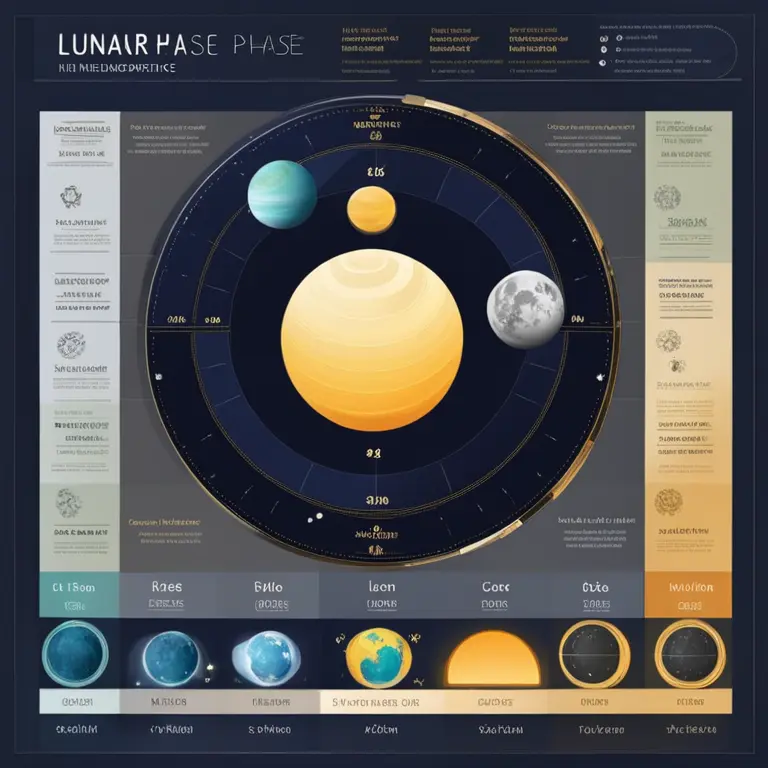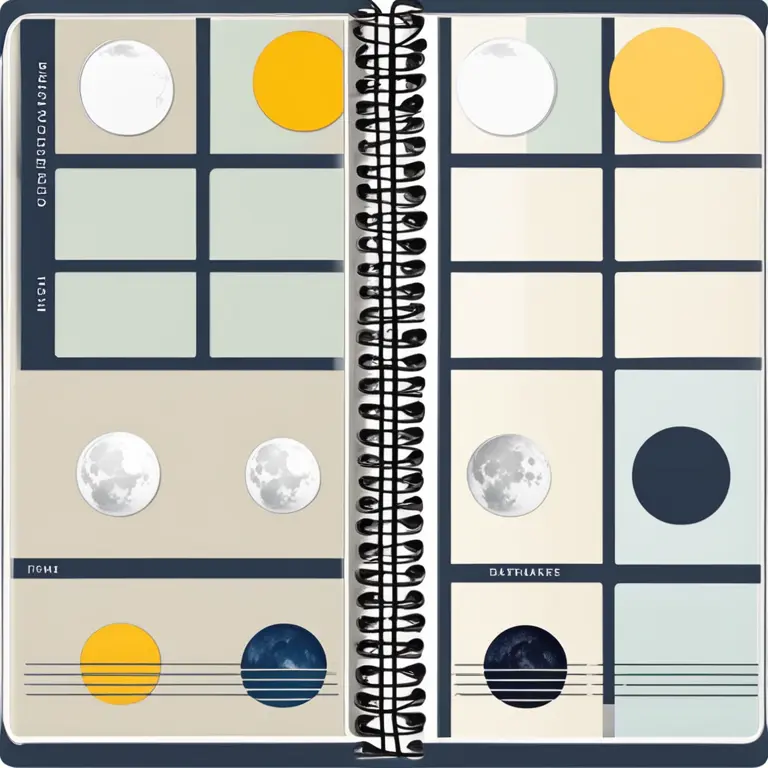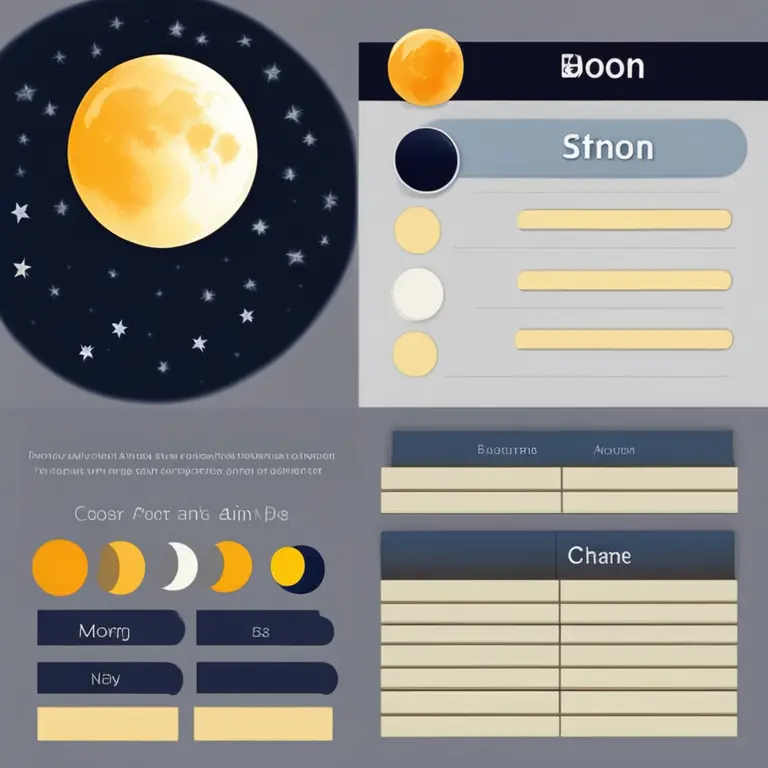
Discovering Your Moon Phase: A Simple Guide
Learn how to identify the current moon phase with our straightforward and practical guide tailored for astrology enthusiasts.
article by Priya Deshmukh
Introduction to Moon Phases
Tracking the moon has been a part of human culture for millennia, serving as a guide for everything from agricultural cycles to spiritual and astrological practices. In astrology, the phase of the moon at your time of birth is considered to hold significant influence over your emotions and intuition. Identifying the current moon phase can help you understand its potential effects on your day-to-day life, perhaps explaining shifts in moods or energy levels. Let's delve into simple methods for determining the phase of the moon.

Observing the Moon
The easiest way to determine the moon's phase is to observe it in the sky. A new moon is invisible to the naked eye, as it aligns with the sun and reflects no light. As days pass, a waxing crescent becomes visible, culminating in the first quarter moon, which is half illuminated. The waxing gibbous phase leads to a full moon, where it's entirely lit. It then wanes through the gibbous phase, reaching the last quarter, and dwindles to a waning crescent before becoming a new moon once again.

Using Online Resources
Technology has made it even simpler to find out the current moon phase. Various websites and mobile applications provide real-time lunar phase information. These platforms often include additional insights, such as the moon's position in the zodiac and its distance from Earth. For astrology-focused forecasts for 2024 and beyond, these resources can incorporate predictions and suggestions based on the moon's phase and position.

Moon Phase Calendars and Diaries
For those who prefer analog methods, moon phase calendars and diaries are great tools. These calendars show the phase of the moon for each night and are created using astronomical data. They are handy for planning ahead and are especially popular among those who work with the lunar cycles for gardening, fishing, or spiritual practices. Since these items are published annually, make sure you have the latest edition for accurate readings.

Astronomy Software and Widgets
Astronomy enthusiasts often turn to software and desktop widgets that simulate the night sky. These programs can show you not only the current moon phase but also its trajectory, upcoming phases, and times for moonrise and moonset. These are invaluable for those needing precise information, and they can be set to show data for any location on Earth, considering local time zones and daylight saving time.
Create Your Own Moon Journal
Creating a moon journal is a deeply personal method to track the moon's progress, encouraging mindfulness and connection to the lunar cycle. Start by noting the date and drawing the moon's visible shape each night. Over time, you'll discern patterns and become more attuned to its phases. For the astrologically minded, correlating personal experiences and feelings with the moon's phase can provide insights well into 2024 and beyond.
Pay Attention to Lunar Events
Special lunar events, such as eclipses or blue moons, can have heightened astrological significance. Keeping informed about these occurrences can add layers of understanding to your astrological forecasts and readings. Note that eclipses usually happen during the full or new moon phases and major astrological outlets will provide information on these events well in advance.
Published: 1/19/2024
Modified: 1/19/2024
More predictions
Come back here soon to learn more about yourself and your future


Correlation Between Lunar Cycles & Relationships
Delve into the intriguing correlation between lunar cycles and the ebb and flow of personal connections in this enlightening article.


The Influence of Your Moon Phase Birth
Discover how the moon phase at your birth affects your personality and life path in this insightful article.


Lunar Phases and Your Horoscope
Discover how moon phases can influence your astrological readings and personal growth in this insightful guide to lunar horoscopes.